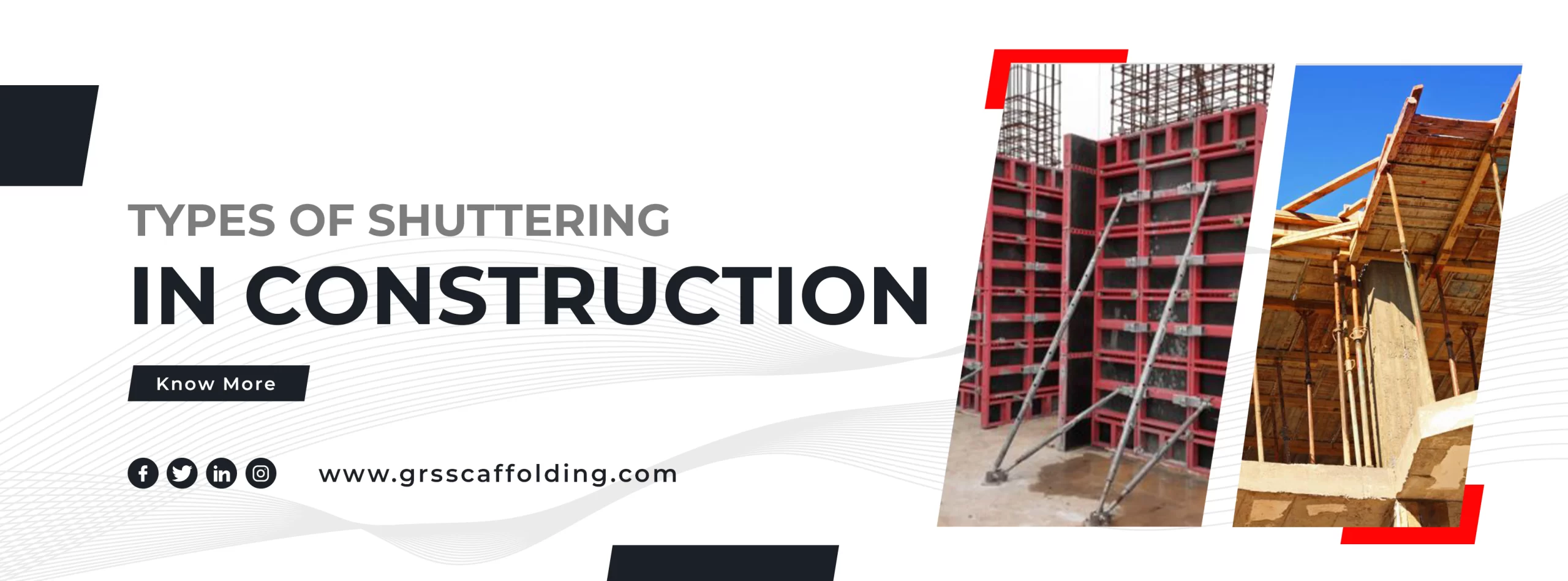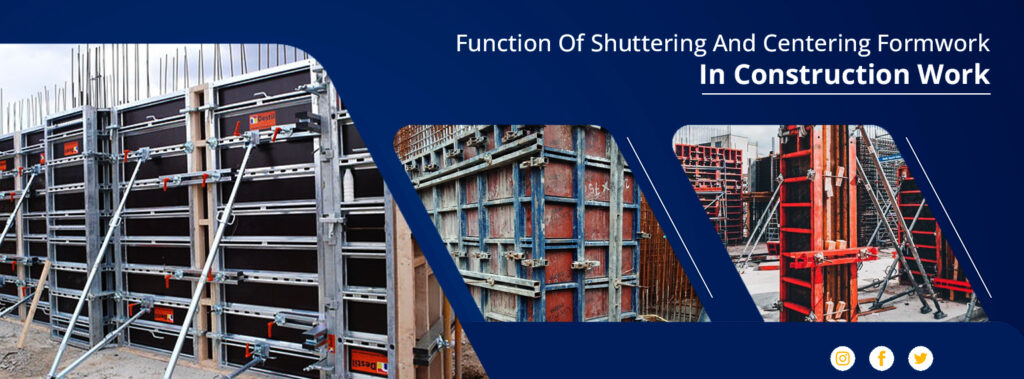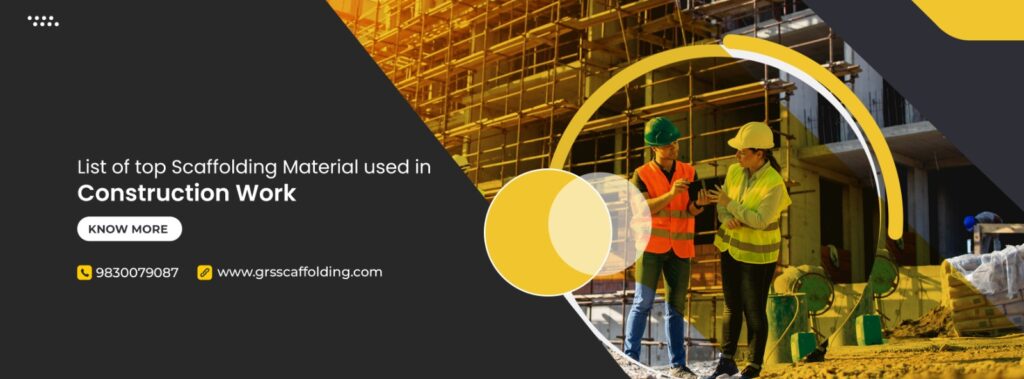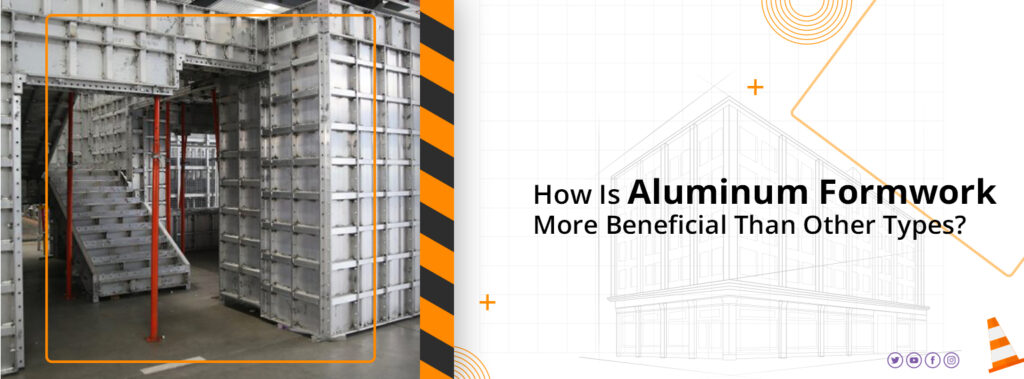In the construction industry, shuttering is significant. It must be sufficiently strong to support all operating loads and then maintain its shape when the concrete cures. It can be utilized as either temporary or permanent mould to keep the concrete in place while it pours until it hardens and becomes strong enough to stand on its own.
Shuttering: What Is It?
The Shuttering as the name suggests “The Mould” which means it is the casing into which material, usually concrete, is poured to obtain the desired structural shape
To get the correct structural shape on the building site, shuttering is utilized as a temporary mould into which concrete is poured. Shuttering is typically made of wood, but it can also be made of steel, glass fibre-reinforced plastics, and other materials.
When casting concrete, it must be strong enough to support both the dead and live loads coming at it, as well as any additional loads until the concrete hardens and reaches some desired strength.
Types Of Shuttering in Construction (Based on Material)
There are many types of shutter systems used in construction with their own advantages and disadvantages. The type of shutter system you choose will depend upon the application and the budget. Here are some of the different types of shuttering systems.
- Timber shutters – Wooden shutters are the oldest type of shutter system. They were first used in ancient Egypt. Wooden shutters have been around since the beginning of time, and they continue to be popular today. These are great for keeping the elements out, especially wind and rain. However, they do not block out sunlight completely, and they are susceptible to rotting and warping over time and also expensive to purchase and install.
- Metal shutters – Metal shutters are often used in commercial buildings. They are sturdy and durable, and they can withstand extreme weather conditions. They are also affordable to purchase and install. However, metal shutters can rust easily if exposed to water. If you live in an area where there is heavy rainfall, then metal shutters may be prone to corrosion
- Aluminium Shutters – Aluminium shutters are the second-cheapest option. They are extremely strong and durable. They are also lightweight and easy to handle. They are great for commercial buildings where security is a concern.
- Steel Shutters – Due to its numerous reuses throughout a lengthy lifespan, steel shuttering is currently growing in popularity. Although steel shuttering may be expensive, it may be used for many different projects and structures. They are also the most secure and best suited for high-security buildings.
- Plywood Shutters – Plywood shuttering is a synthetic, produced timber sheet that comes in a variety of thicknesses and widths and is used to create concrete structural forms.
It is sufficiently robust, lightweight, and long-lasting and is one of the most used materials for decking, sheathing and linings. The strength, durability, and light weight of plywood shuttering are equivalent to those of timber shuttering; however, the cost of plywood shuttering is more affordable than timber shuttering.
Types of Shuttering Depending on Structural Elements
The building plans for each form of shuttering define the materials and necessary thickness following the structure or unit they support. It is crucial to remember that formwork construction takes longer.
List of shuttering styles based on structural elements
- Wall Shuttering: When shear or RCC walls, wing walls, basement RCC walls, etc. need to be concreted, wall shuttering is being used.
- Foundation Shuttering: Based on the type of foundation, foundation shuttering is constructed. Formwork for a foundation is designed based on the kind of foundation, such as raft, combination footing, or strip footing.
- Beam Shuttering: According to the beam size, the individual shuttering components are manufactured.
- Column Shuttering: According to the column measurement & design such as rectangular, square, hexagonal and circular, the sheeting for the shuttering is constructed.
Work on shutters must be completed, which takes time and accounts for between 23 and 25 percent of the building’s overall cost, if not more. However, these are only temporary forms of structures that are necessary to hold up concrete until it reaches a certain level of toughness. In this article, we have mentioned the type of shuttering before you choose any for construction.



